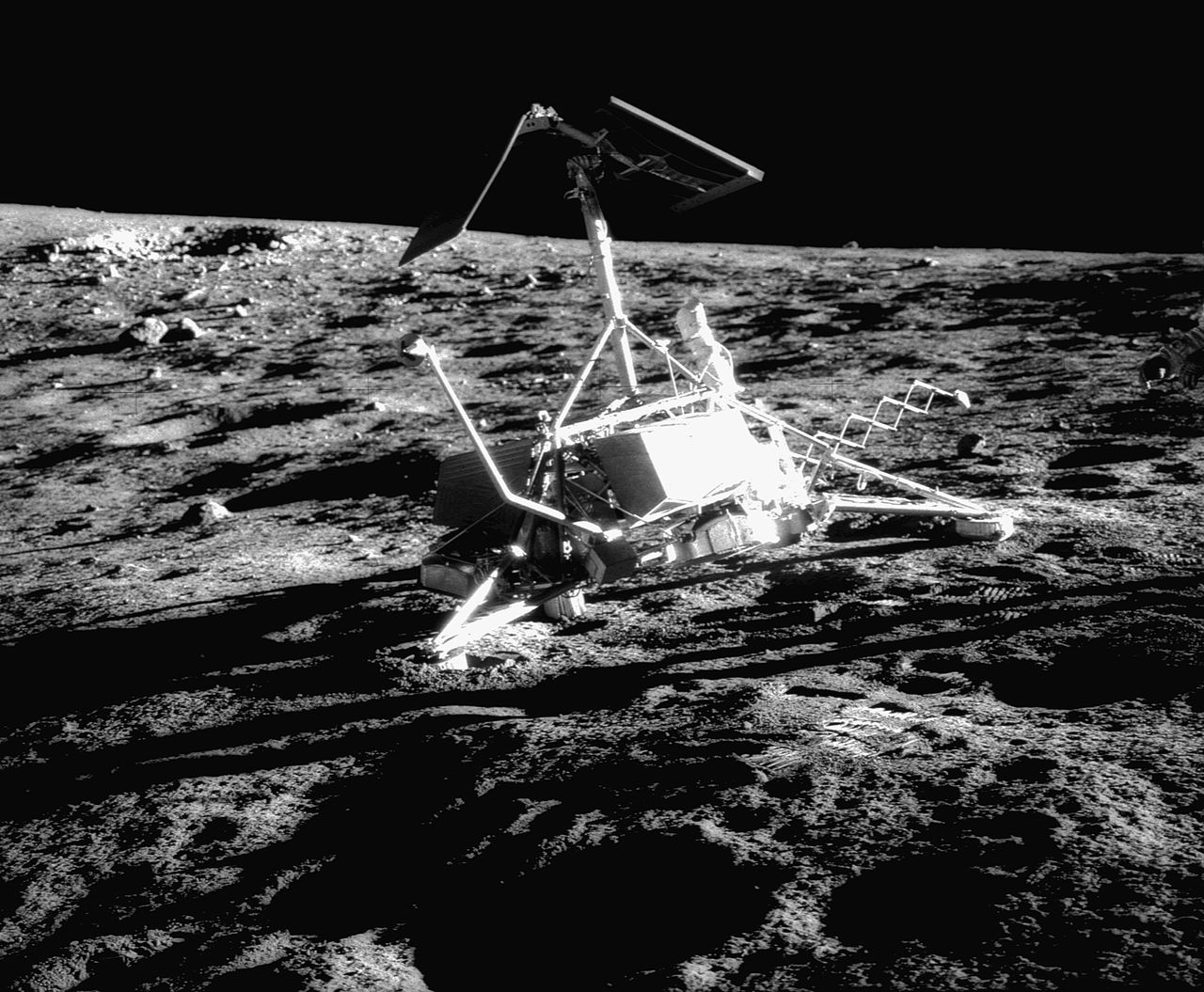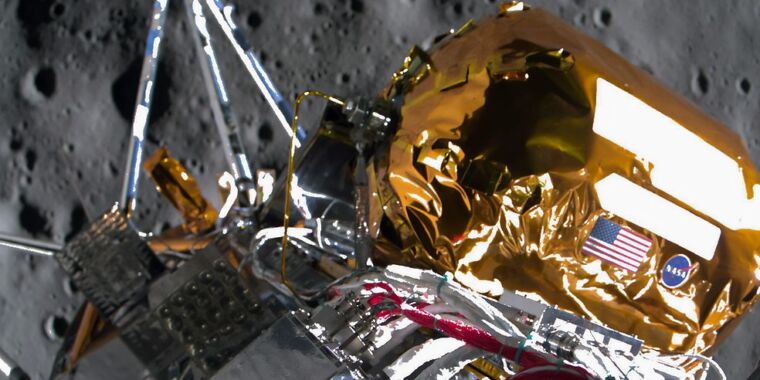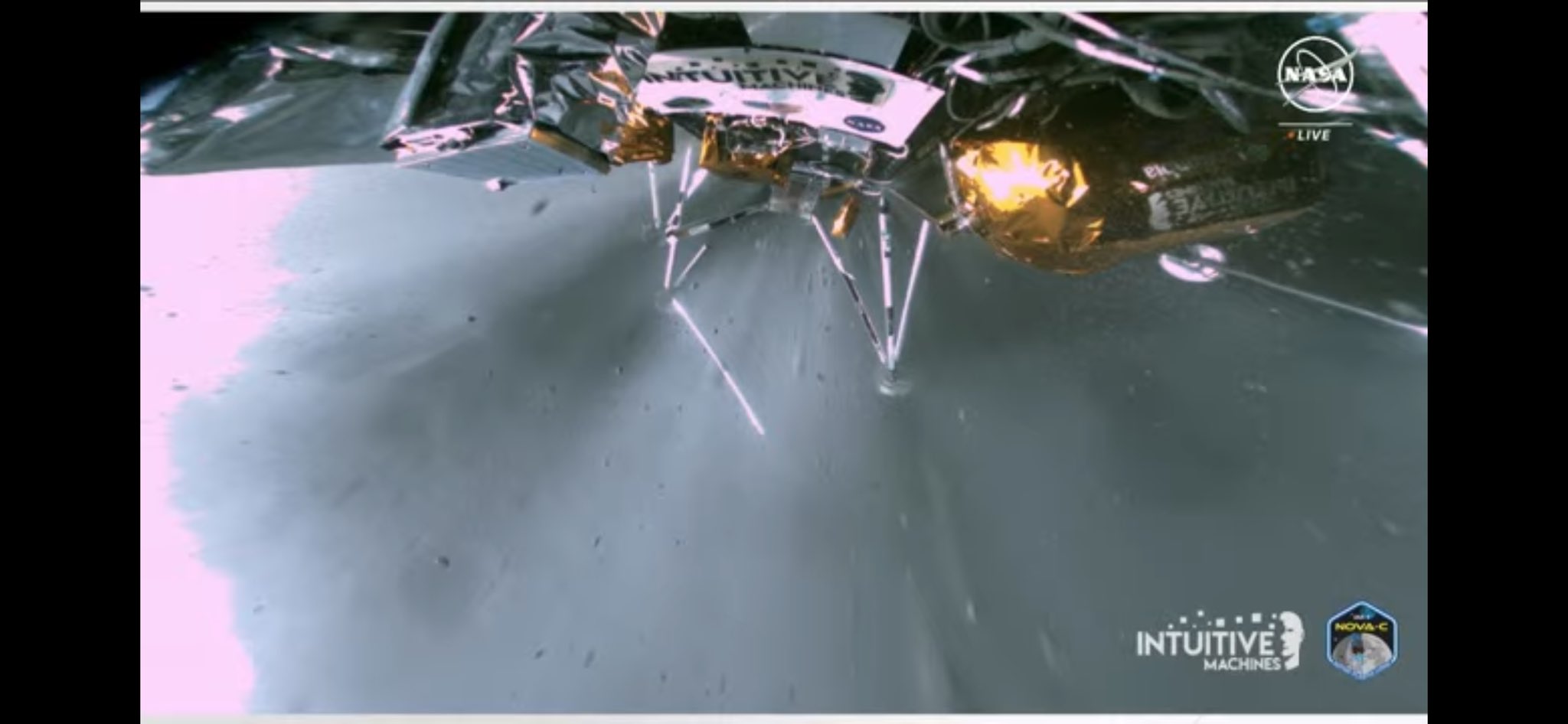southwestforests
ACCESS: Secret
- Joined
- 28 June 2012
- Messages
- 435
- Reaction score
- 561
Hmm ...c. And more so, there were no LEM pilots, only LM pilots.
The Apollo 13 Lunar Module (LM or LEM) was originally supposed to land at ...
Apollo Lunar Module Documentation
LEM Guidance, Navigation, and Control Subsystem Study Guide March 1966 ( 8.4 Mb PDF )
includes good panel diagrams.
15. Donald K. Slayton to ASPO, Attn.:William A. Lee, "Docking Operational Requirements," 2 Dec.1963; Kelly, "Technical Development Status," p. 29; "SomeNotes on Evolution of LEM," pp. 1-2; Sherman interview.
16. Joseph P. Loftus to Chief, Sys. Eng.Div. (SED) , "Disposition of TM-1 mockup review chit no.A9-4," 28 April 1964; Slayton to ASPO, Attn.: Maynard, "LEMoverhead window experiment," 6 May 1964; LEM PO,"Accomplishments," 14-20 May 1964.
17. Sherman interview; Kelly,"Technical Development Status," p.29; "Some Notes onEvolution of LEM," pp. 3-4.
19. Grumman Report no. 4, LPR-10-7, 10June 1963, p. 13; Robert A. Newlander to John W. Small and Walter J.Gaylor, "LEM Landing Gear," 8 May 1963;
Maynard memo, "Notice of LEM Structuresand Landing Gear meeting," 15 Dec. 1964
June 1965; Robert E. Lewis to Asst. Chief, SED, "OMSF specified LEMtilt angle on lunar surface, constraints imposed by G&C PerformanceRequirements," 20 May 1964; General Electric, "Study of thePostlanding Tilt Angle of the LEM," TIR 545-S64-03-006, 21 May1964; William Lee to Chief, SED, "LEM postlanding tilt angle,"2 June 1964; Maynard to LEM PO, "Exhibit E to LEM Statement of Work- Change to incorporate LEM lunar postlanding attitude," 11 June1964; Decker to Grumman, Attn.: Mullaney, "Landing Gear DesignDevelopment," 4 June 1964.
21. ASPO Status Reports for periodending 16 Oct. and for week ending 19 Nov. 1963; Grumman Report no. 10,pp. 2, 10, and no. 23, LPR-10-39, 10 Jan. 1965, pp. 1, 15; Rector memoto LEM Proc. Off., "Change from a 180" [457-cm] Tripod LandingGear to a 160" [406-cm] Cantilever Design," 13 April 1964;Robert E. Vale and Scott, telephone interviews, 20 March 1975; Rector toGrumman, Attn.: Mullaney, "Landing gear design criteria," 11Dec. 1964; abstract of LEM Structures and Landing Gear Systems Meeting,21-22 Dec. 1964, with encs.;
Last edited:









